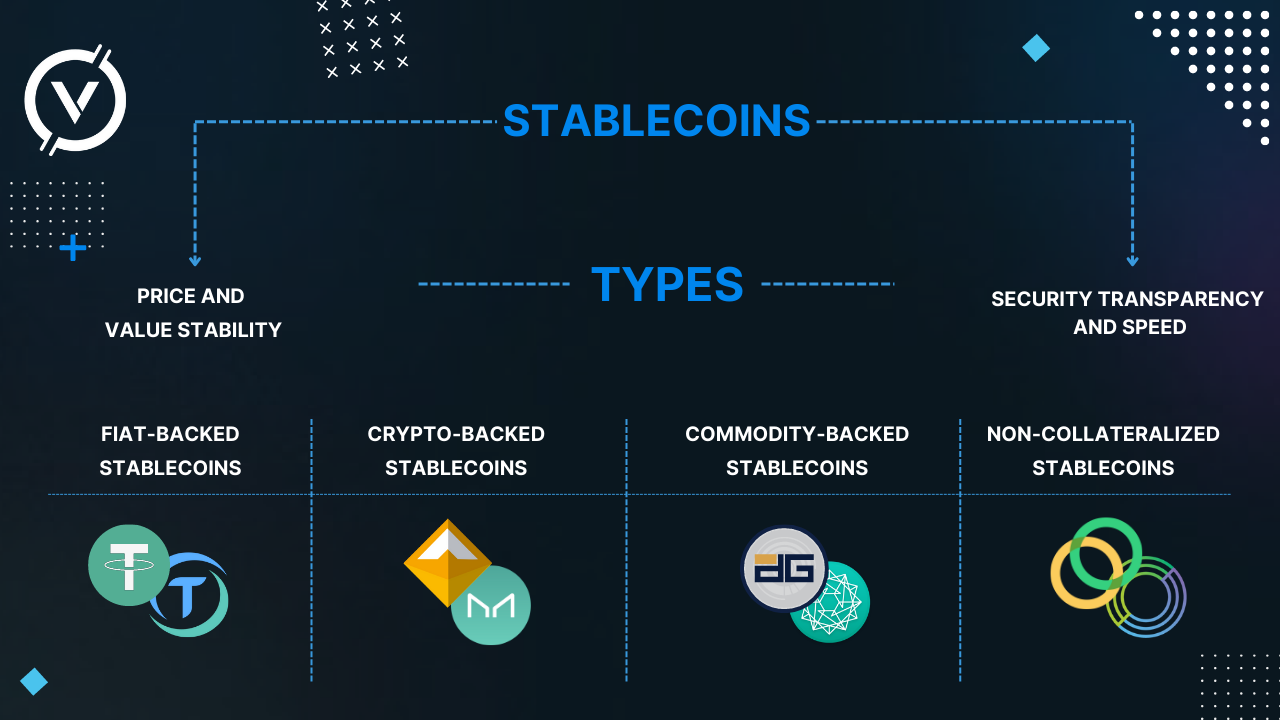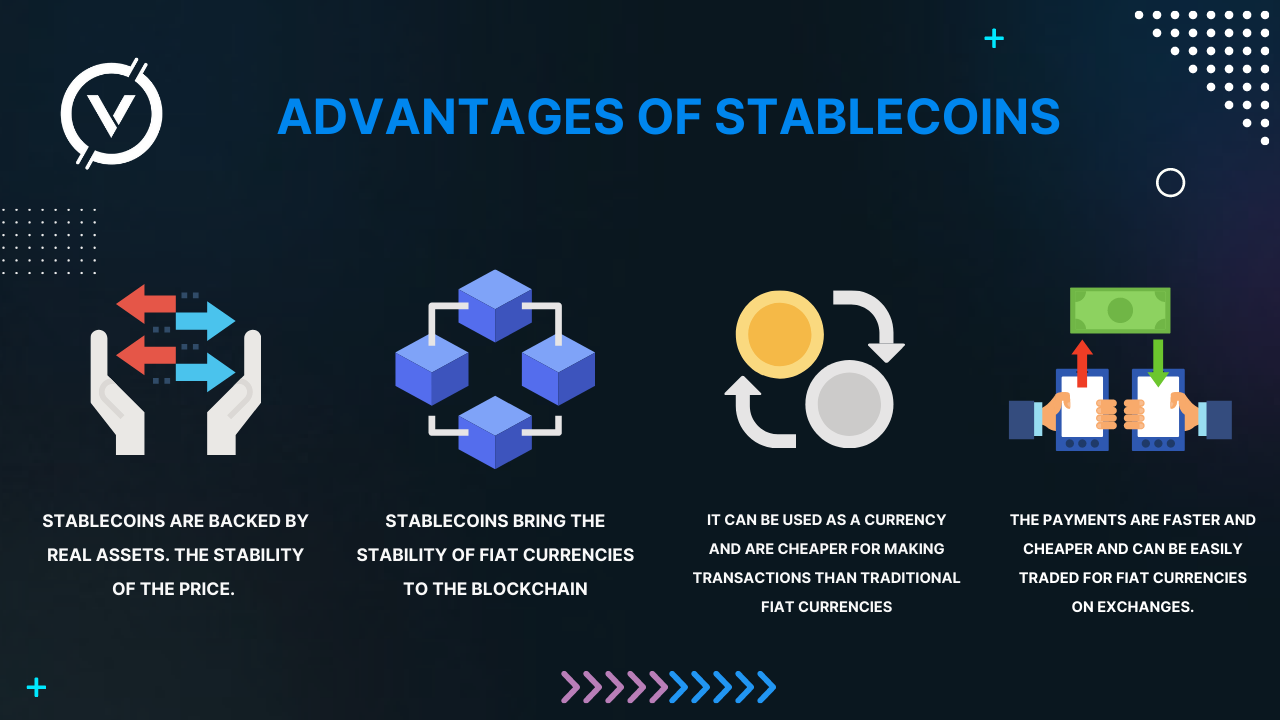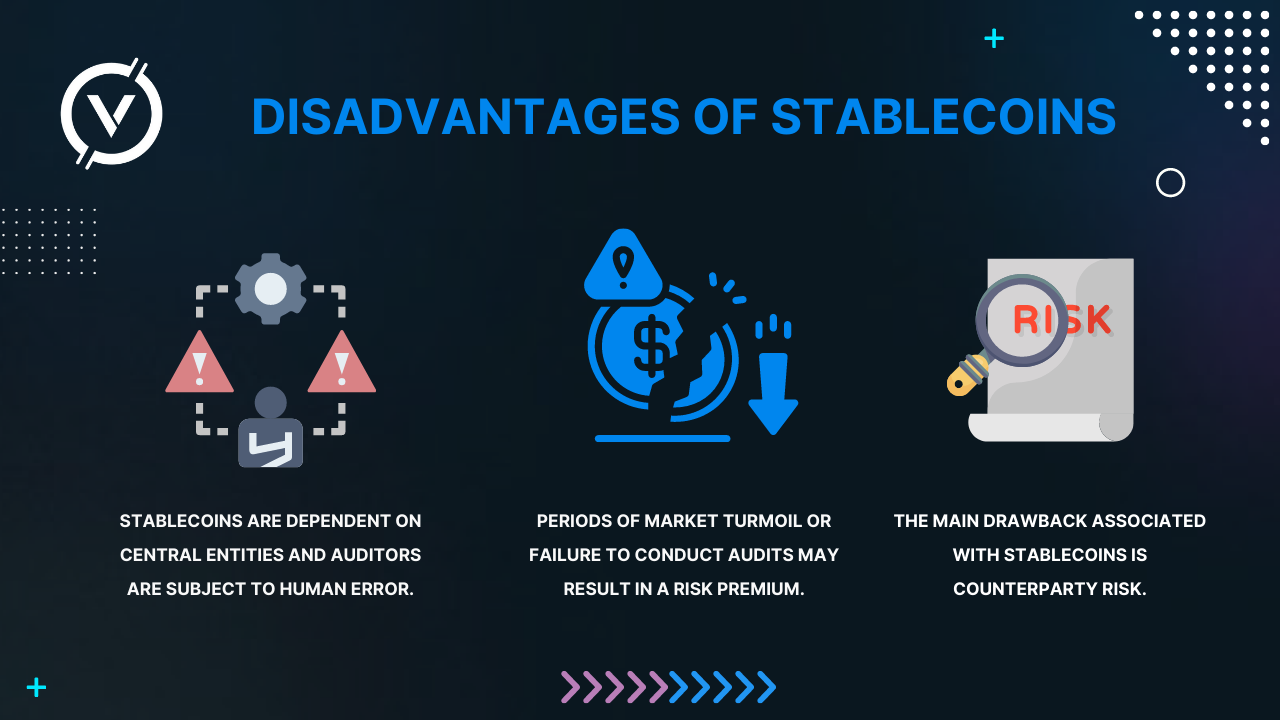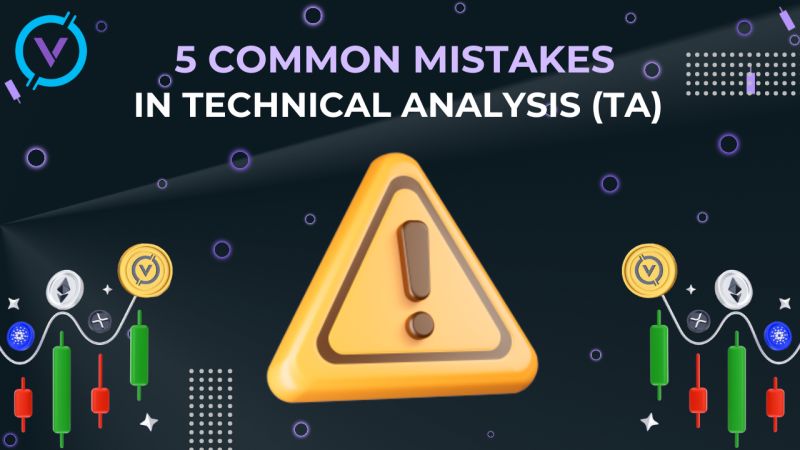Stablecoin is a crypto-asset backed by multiple sources (meaning traditional currencies such as the US dollars in your bank account), including fiat currency or precious metal. Stablecoins were created to avoid the cryptocurrency's high volatility.
Let's take a look at three types of stablecoins: fiat-backed, cryptocurrency-backed, and algorithmic. Stablecoins backed by fiat, such as BUSD, are tied to traditional fiat currencies by holding fiat reserves that can be exchanged for stablecoins. Stablecoins backed by cryptocurrency (e.g., DAI) resort to increased collateral for their tokens, while algorithmic stablecoins control supply without the necessity to create reserves.
Because of their practical use and the large capitalization of the market, regulators are beginning to take note of stablecoins. And in order not to risk losing control of the currency, some governments even create their own steiblocoins.
Introduction
In fact, cryptocurrencies are not just about volatility, because some of them are specifically developed to maintain a fixed price, these coins are called Stablecoins. In a volatile industry where tokens and coins can crash overnight, there is a huge demand for currencies that combine the benefits of blockchain with relative stability. In order to start investing in Stablecoin, it is better to find out more information about them beforehand, as well as to learn about their advantages and disadvantages.
What role will stablecoins play in cryptocurrency?
Bitcoin (BTC), Ether (ETH) and other altcoins have always been very volatile. However, volatility is not only an opportunity for various speculations, it also has disadvantages. Volatility hinders day-to-day payments with cryptocurrency. For example, one day sellers can get $5 in BTC for a drink, and the next day it will turn out that their BTCs are worth 50% less. With that kind of volatility, it's hard to run a business.
Stablecoins are digital assets that reflect the exchange rate of fiat currencies or other assets.For example, you can get tokens pegged to the dollar, euros etc. You also can buy tokens pegged to gold and oil. Owners of Stablecoins can lock in profits and losses and transfer value at a stable price in peer-to-peer blockchain networks.
Once stable coins were created, crypto investors and traders were able to lock in profits or avoid volatility without converting cryptocurrency back into fiat. With stable coins like BUSD or USDC today, it's easy to get in and out of cryptocurrency volatility.
How do Stablecoins work?
Creating a coin requires a pegging mechanism to keep track of the price of another commodity. This can be done in a variety of ways, but most use another asset as collateral. Some methods are considered more successful than others, but there is still no guaranteed peg.
What is a fiat-backed stablecoin?
Stablecoins backed by fiat currency hold fiat currencies such as USD, EUR, etc. For example, there are real U.S. dollars for each BUSD. Users can convert fiat currency into stablecoin and vice versa at a set rate. If the price of a token differs from the underlying fiat currency, arbitrageurs can quickly restore the price to a fixed rate.
Let's imagine that the value of one BUSD exceeds the price of one dollar. Arbitrators convert U.S. dollars to BUSD and sell it on the market at a higher price. This raises the supply of BUSD to sell and brings the price back down to one dollar. When BUSD trades less than one dollar, traders buy BUSD and convert it to U.S. dollars. Doing so puts more demand on BUSD, and the price goes back up to one.
Crypto-backed stablecoins
Cryptocurrency stablecoins are the mirror image of fiat-backed stablecoins. But cryptocurrencies act as collateral instead of dollars or other currency. Because the cryptocurrency market is highly volatile, cryptocurrency stablecoins usually have excess reserve collateral as a measure against price swings.
In order for users to independently audit contracts, stablecoin cryptocurrency uses smart contracts to manage mining and burning. This makes the process considered more reliable.However, some cryptocurrencies are part of Decentralized Autonomous Organizations (DAOs), whose members can vote for changes in the project. In this case, you need to join the discussions or simply trust the decisions to other DAO members.
Let's take this as an example. Stablecoin DAI is pegged to USD, and to mint a $100 DAI you need to deposit $150 worth of cryptocurrency with a deposit of 1.5 times the required price. Once you get DAI, you can use these coins however you want: transfer, invest, or just keep it. But you will need to pay back 100 DAI to get your collateral back. However, your collateral will be liquidated if it goes below a certain collateral or loan-to-value ratio.
If the rate of stablecoin falls below $1, holders are motivated to return their stablecoins in exchange for collateral. Thus, the coin's supply decreases, causing the price to rise again to $1. When the price exceeds $1, users are motivated to create a token, which increases its supply and lowers the price. But all cryptocurrency stablecoins are based on a combination of game theory and on-chain algorithms to drive price stability.
What is Algorithmic Stablecoin?
Algorithmic stablecoins differ from the other two types because they do not hold currency reserves. Instead, algorithms and smart contracts manage the issuance of tokens, which is similar to central bank monetary policy. This model is more difficult to control and is far less common than crypto- or fiat-stablecoins.
Stablecoin's algorithmic system reduces the supply of tokens if their price falls below the price of the tracked fiat currency. This can be done by staking, burning or buy-backs. If the price exceeds the value of the fiat currency, new tokens are put into circulation to lower the value of the stablecoin.

Advantages of stablecoins
Stablecoins are coins with fairly high transparency and liquidity. Their main advantages lie in the fact that:
- Stable coins can be used for everyday payments and are greatly appreciated by Stores, businesses and individuals. High volatility has prevented cryptocurrencies from being widely used for payment processing. Large stable coins have a track record of maintaining their pegs, making them reliable enough for everyday use.
- Stablecoins are created on the blockchain. This means that you can send stablecoins to a user anywhere in the world, as long as they have a compatible cryptocurrency wallet (which can be created very quickly for free). At the same time, double spending and false transactions with such a system are impossible. These and other qualities make stablecoins unbelievably versatile.
- Traders and investors can actively use stabilized coins to hedge their portfolios. One of the most effective ways to reduce overall risk is to allocate a certain percentage of your portfolio to stabilized coins. This will make the portfolio more resilient to market price movements, while still having funds available in case of a good opportunity to buy. You can also sell cryptocurrency for stable coins during market downturns and buy them back at a lower price (this is called shorting). Stablecoins allow you to conveniently enter and exit positions without having to withdraw money from the blockchain.

Disadvantages of stablecoins
Despite the potential of stablecoins as a means of widespread adoption of cryptocurrencies, they still have certain limitations:
- Stablecoin aren’t guaranteed to maintain their peg.
While some large projects succeed, many have failed to do this. If Stablecoin has a constant problem with maintaining a peg, it can lose all of its value dramatically.
- Clarity. Both Tether (USDT) and USD Coin (USDC) have yet to publish full public audits, and most major stablecoins only provide regular attestations. They are performed by private accountants held on behalf of the stablecoin issuers.
- Stablecoins, which are backed by fiat, are often more centralized than other cryptocurrencies. In this case, the collateral is held by a central entity, which may be subject to external financial regulation, giving it considerable control over the coin. In this case, you have to be sure that the issuer actually has the stated reserves.
- Crypto-collateralized and uncollateralized coins depend on their community. Cryptoprojects make extensive use of open governance mechanisms, that is, users have the opportunity to participate in the development and implementation of each project. Thus, you need to participate in the project or trust the developers and the community to responsibly manage the project.

Options for using stablecoins
Let's take a closer look at two popular stablecoins: BUSD and DAI.
Fiat-backed stablecoin: Binance USD (BUSD)
BUSD is a stablecoin backed and collateralized by US dollars. The issuer of the token is the U.S. financial company Paxos Trust. The dollars secured by the token are held in the company's bank accounts. The New York State Department of Financial Services oversees BUSD.Regular attestations prove that fiat reserves are in line with the BUSD supply. It is possible to directly mine new BUSD through the Paxos site or to burn BUSD for base collateral. It allows for arbitrage transactions, which makes it possible to successfully maintain BUSD in a peg.
What is MakerDAO (DAI) ? How will they be regulated?
DAI is one of the most famous cryptocurrency stablecoins. Its native DAI Stablecoin is backed by cryptocurrency and pegged to the U.S. dollar. The coin is controlled by the MakerDAO community, which owns the MKR management token. An MKR can be used to develop and vote on decisions to change the project. DAI has overcollateralized to deal with cryptocurrency volatility, and users join Collateralized Debt Positions (CDPs), which manage their collateral. The entire process is done through smart contracts.
The unique combination of fiat and cryptocurrencies makes stablecoins appealing to regulators around the world. Because they maintain a stable price, they can be used not only for speculation but also cheaply and quickly transferred around the world.Because of this, it is sometimes said that stablecoins can compete with fiat, even though they cannot be directly controlled by a country's central bank. For this reason, some countries are even trying to create their own stablecoins.
Summary
These days, almost all investors or traders own stablecoins. As a rule, stablecoins are on cryptocurrency exchanges, so traders can take advantage of new market opportunities fast. They are also very helpful for entering and exiting positions and do not require cashing out fiat funds. Stable coins are also handy for making payments, transfers around the world, or earning passive income in the DeFi ecosystem.
Although they are an important part of cryptocurrencies and have created a new financial system, the risks must also be taken into account. There are stablecoin projects with failed pegs, lawsuit problems and missing reserves. Of course, stablecoins are incredibly versatile, but remember that stablecoins carry similar risks because they are still cryptocurrencies.
While you can mitigate risk by diversifying your portfolio, be sure to do proper research before you invest or trade.


